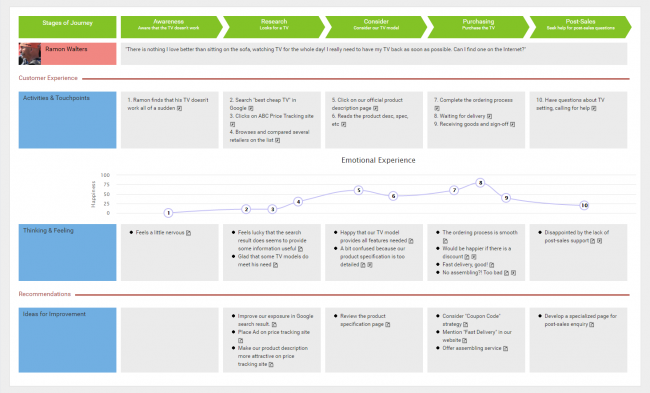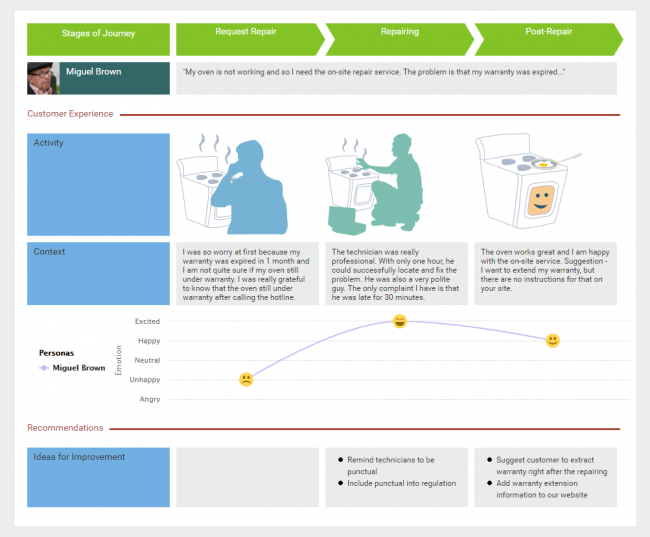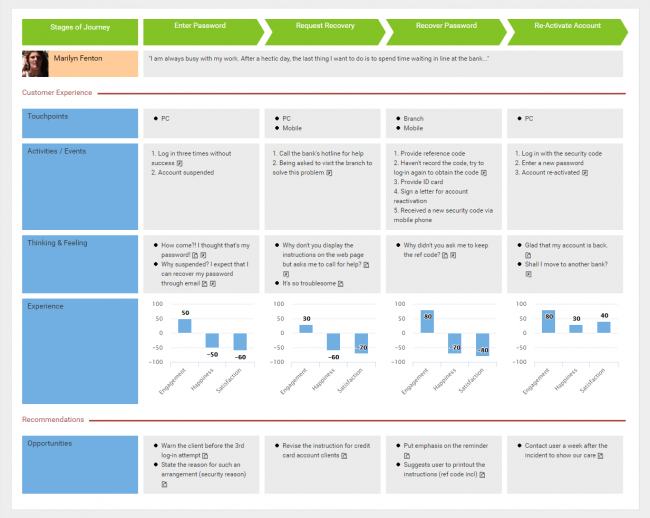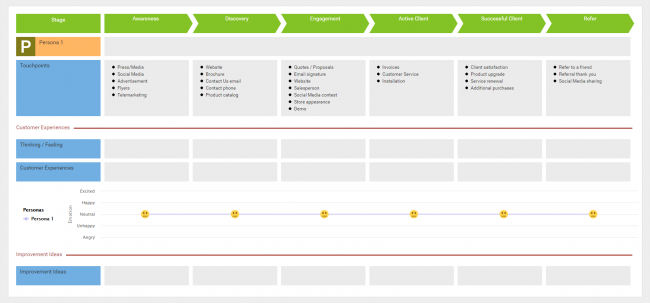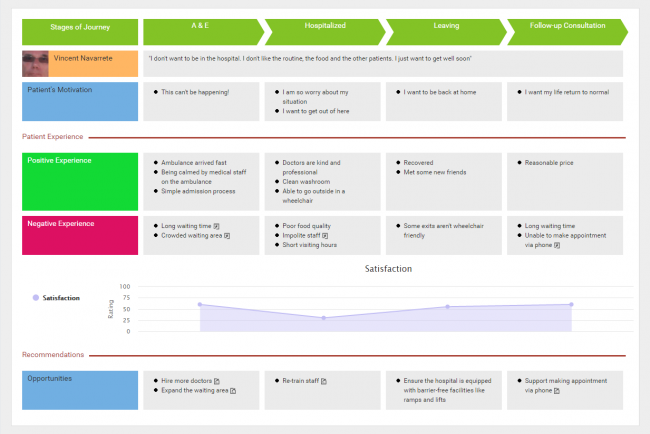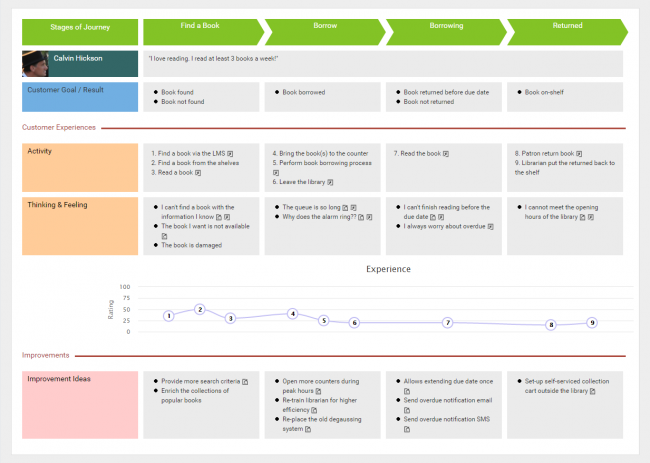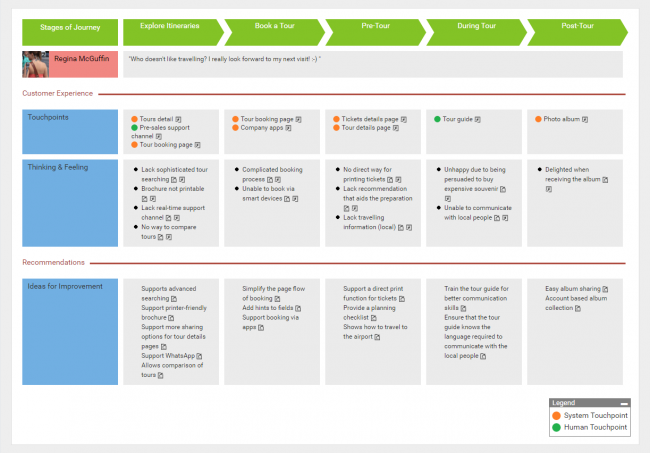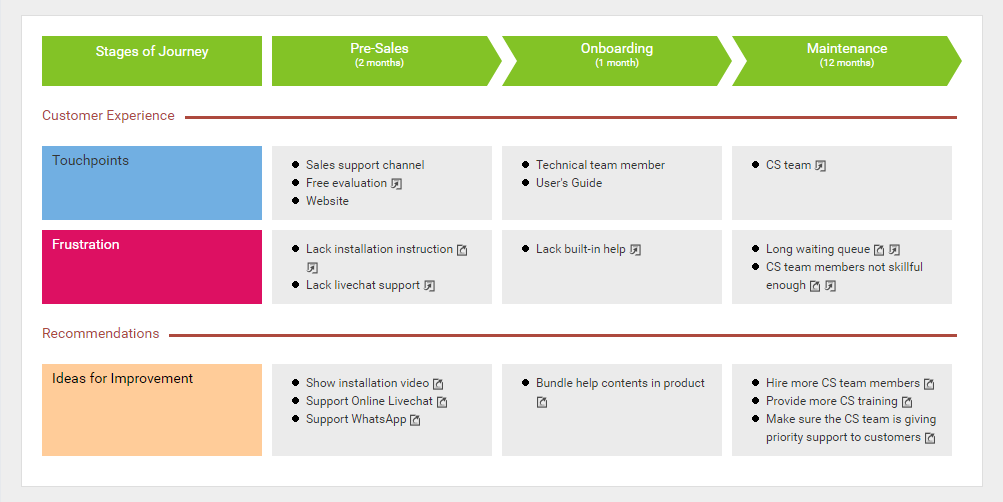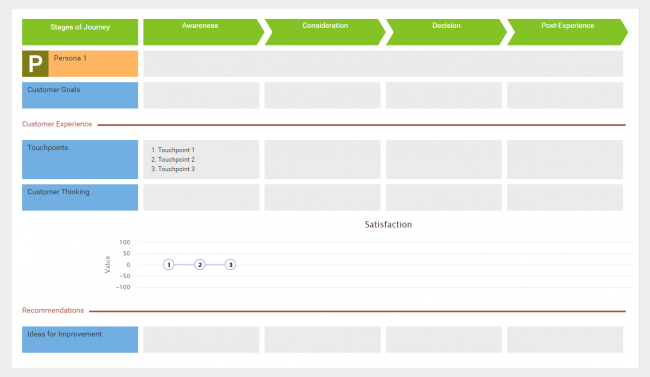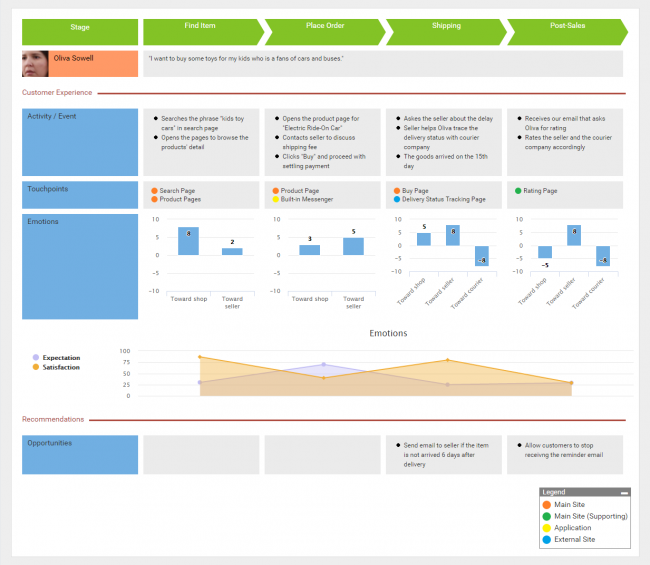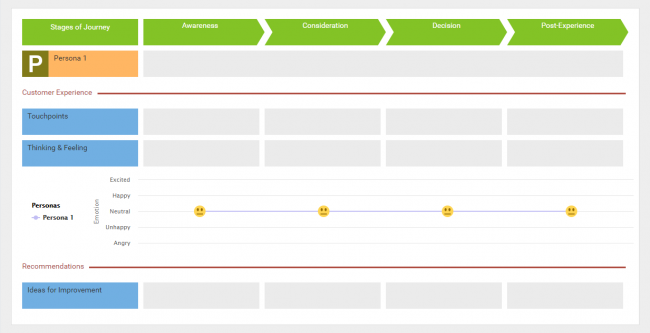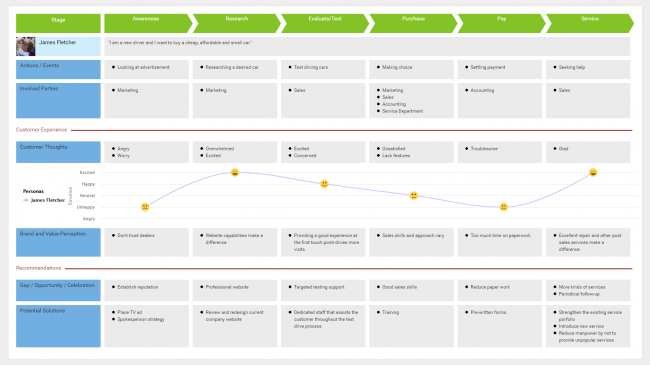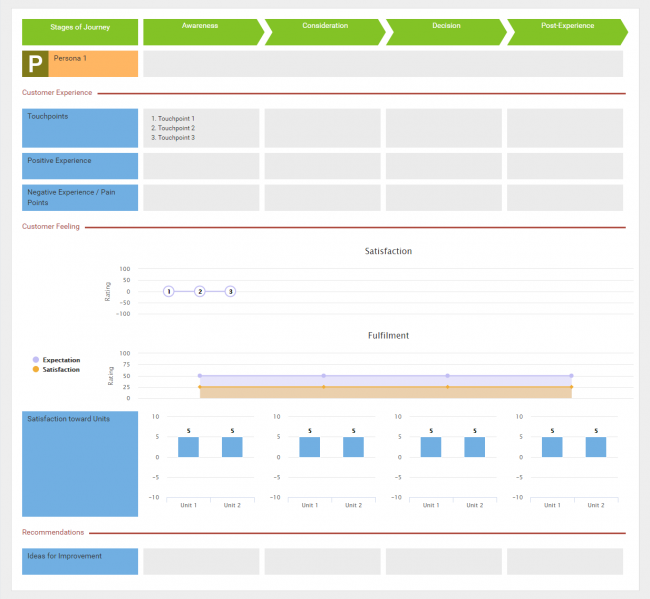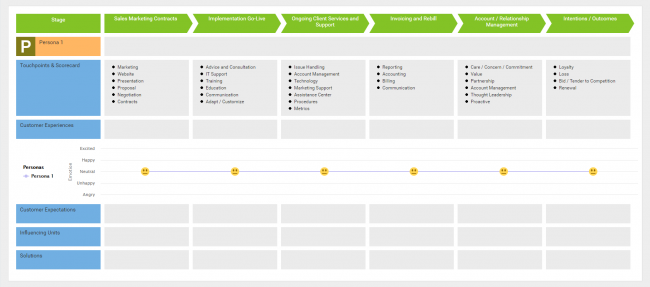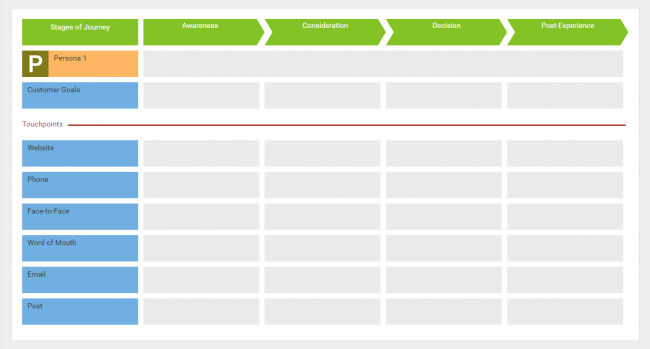Understanding Customer Behavior and Customer Journey
What is Customer Behavior?
Consumer behavior is the study of individuals, groups or organizations and all activities associated with the purchase, use and disposal of goods and services. Consumer behavior includes how consumers’ emotions, attitudes, and preferences influence purchasing behavior.
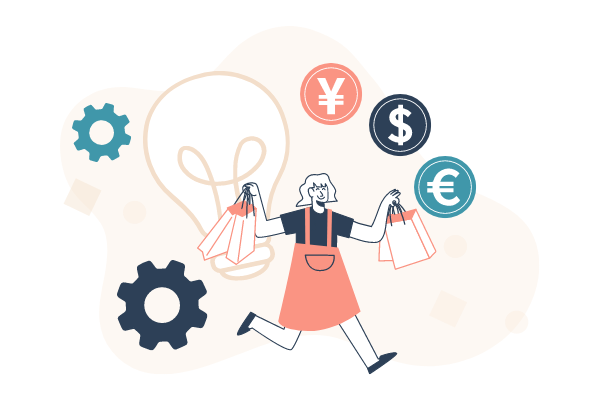
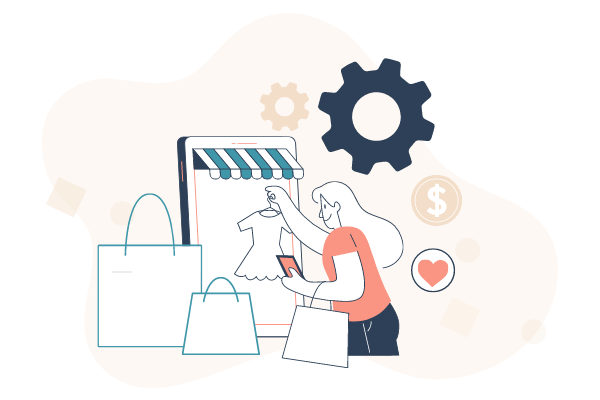
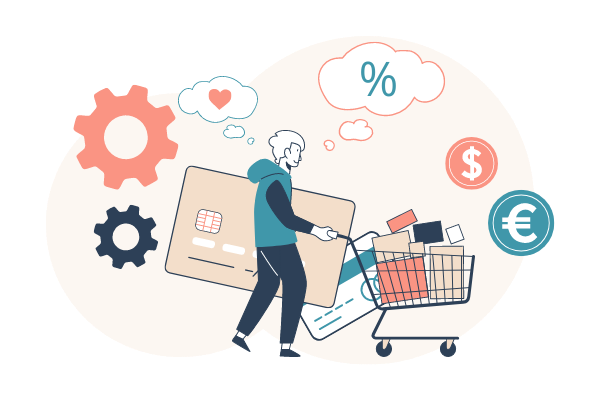
Edit the above illustrations: Customer Behaviors, Purchasing Habit, Consumer Motivation
What is Customer Journey?
The customer journey is the entire experience a customer has when communicating with a brand. It considers the complete roadmap of the interaction from brand discovery to purchase and beyond. The focus is not on the transaction, but on how the customer feels after interacting with the brand.
The best way to map your customer’s journey: walk in their shoes!
- Needs identification – marketing needs to discover the potential needs of consumers and transform the potential needs into actual needs. Needs can be divided into two categories, namely, heart needs and functional needs, which are combined into one to maximize the buyer’s desire. A good marketer can discover multiple needs of customers instead of stopping at one need and converting it into actual business.
- Search for information – There is an internal and external environment in which information is stored. The internal environment includes pre-existing information, types of products stored in the brain’s memory bank, brands, etc. The external environment includes reviews of other products, reviews of the product on the Internet, and the advantages and disadvantages of similar products, price differences, etc.
- Evaluation – Evaluate the advantages and disadvantages of different products, the good and bad of different attributes, the level of weighting criteria, and ultimately the purpose of influencing the decision.
- Purchase – There can be physical stores to buy, or online. Physical stores are convenient and fast to buy, and online purchases are affordable, but require a longer waiting time.
- After-sales – After-sales is the behavior of the customer after the purchase. After-sales is the last hurdle of product inspection. Customers have certain expectations of the products they buy, and if the products do not meet customers’ expectations, customer satisfaction and return rate will be greatly reduced. At the same time, customer dissatisfaction can lead to cognitive dissonance and negative post-purchase evaluations. This will have a negative impact on the product and the company.
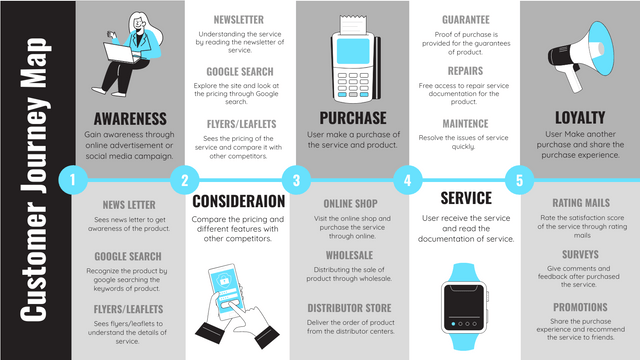
Edit this Customer Journey Map with a CX tool
Delight your customers by understanding their expectations through customer journey mapping
Customer expectation is the level at which customers want the products or services provided by the company to meet their needs; if this expectation is met, customers will be satisfied; otherwise, customers will be dissatisfied.
Defining customer needs, issues and interactions with a company can seem overwhelming . However, understanding each customer’s experience at each stage of the customer journey is critical to translating business insights into long-term improvement strategies. Customer journey maps can help you and your company visualize how customers feel at all brand touchpoints so you can avoid potential problems in advance, improve customer retention, and uncover key information to make the best decisions for your business.
A customer journey map is a visual story line of every interaction a customer has with your service, brand or product. Creating a journey map will put you directly into the consumer’s perspective so you can see what you may be missing, what you’re doing right, and what you can do to improve throughout the customer lifecycle.
What is Customer Journey Mapping?
Do you want to create memorable first impressions and deliver a differentiated buying experience to your customers? Do you want to understand how your customers shop in today’s digital world? Which are the most influential channels and touchpoints in their customer journey and how can you influence these? What does this look like for the new product categories you want to enter?
Customer journey maps use storytelling techniques and visual cues to illustrate a customer’s relationship with your business over time. Told from the customer’s perspective, the story provides insight into the overall customer experience and helps you better understand and address the needs and pain points your customers have when experiencing your product or service.
A customer journey map (CJM) is a visualization of what a customer thinks and feels over a period of time. A journey map makes visible the interactions between the customer and the business, known as touchpoints. It identifies barriers that may prevent a customer from proceeding smoothly and creates a holistic view of the customer experience.
CJM Templates and Examples
